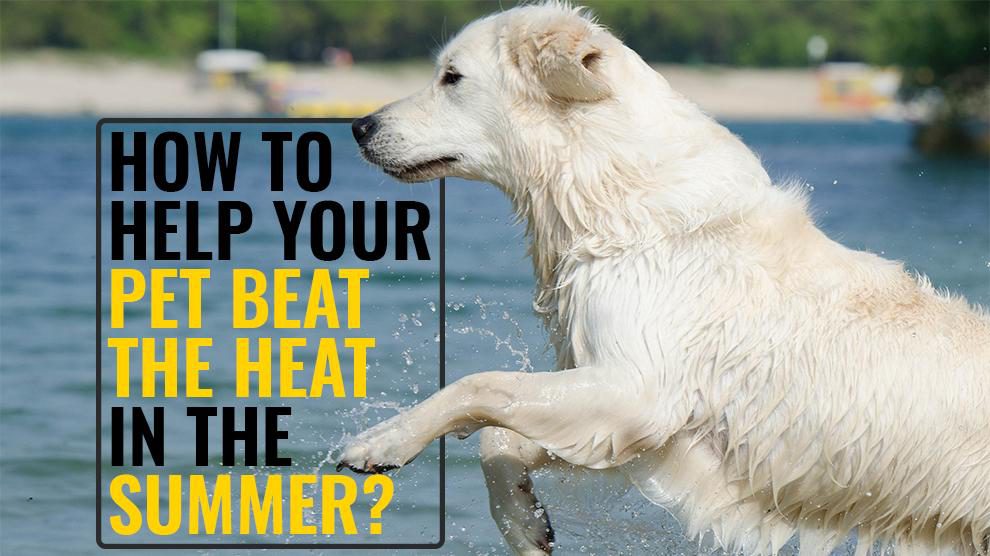Dog Pregnancy Calculator And Timeline
Summer can mean a lot of things for lots of people. Summertime means school’s almost out and it’s the right time to plan a getaway.
Winter is the right time to work and summer is the best time to play. From city hotspots to beach getaways, summer means fun, frolic, and spending quality time with your family.
When the temperature rises, take immediate steps to protect your pet. Whether you take your dog for a short ride or just a walk down the alley, the summer heat can ruin his life.
Best Tips To Keep Your Pet Safe In Summer
Summer is just around the corner, the mercury level has started to rise in the last few days. The dryness or humidity depending on which place they live. Let’s analyze how summer affects your pet.
Unlike humans, pets can’t sweat through their body; they depend on panting to beat the heat naturally.
Though sweating takes place via the nose and paws, it’s very minimal. This drives home the point that pets are more susceptible to heatstroke.
1. Keep your house airy and cool
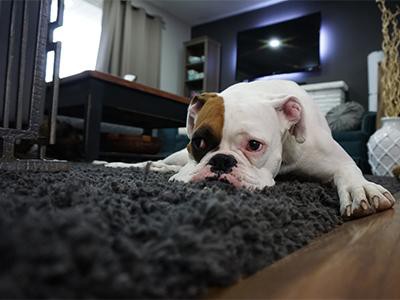
If your pet is home, make sure he enjoys his stay. Close the windows and switch on the air conditioner. Turn the fan and keep the windows open if the air conditioner is not available.
Try a cooling mat or vest.
2. Watch the exercise time
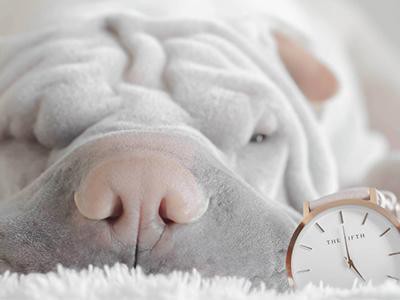
Limit the exercise time when it’s really humid and hot. Take walks in the early evening or morning. Drink enough water.
3. Beware of the Signs
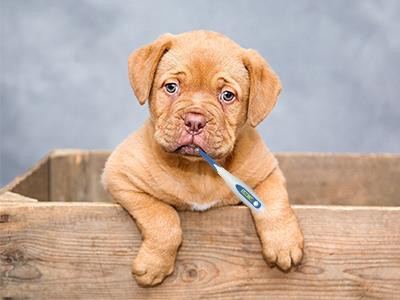
A canine’s normal temperature is somewhere between 100 degrees Fahrenheit and 103 degrees Fahrenheit. The normal temperature in felines ranges from 100.4 degrees F to 102.5 degrees F.
Anything higher means your pet is in trouble. Watch out for signs of heat stress.
4. Groom your dog
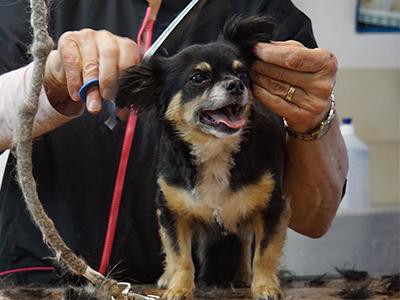
If your pet has long locks, remove all the tangles and mats. It will help your pet keep cool. Do not clip or shave his coat even before you discuss with your groomer or vet.
The extra fur may keep him hot in summer just like it keeps him happy in winter.
5. Give More Importance For At-Risk Dogs
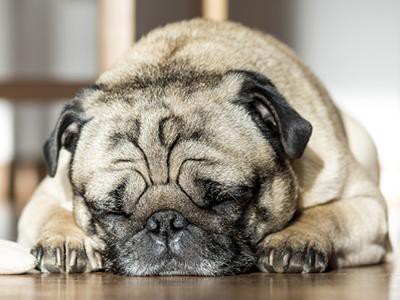
Be careful if you own a brachycephalic dog like a bulldog or pug. They find it really hard to release heat. These dogs have smaller airways.
It’s easy for overweight and old dogs, or those with breathing and heart issues, to get heatstroke.
6. Humidity is An Headache
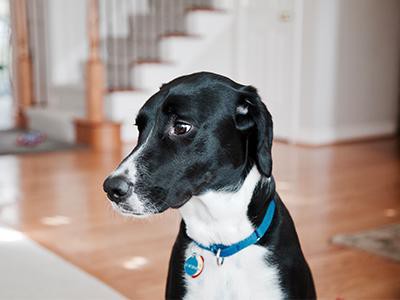
When the air is filled with moisture, your canine may find it hard to pant enough. That can drastically increase the temperature. Stay indoors, and limit exercise or activity.
7. How About Cool Pet Treats?
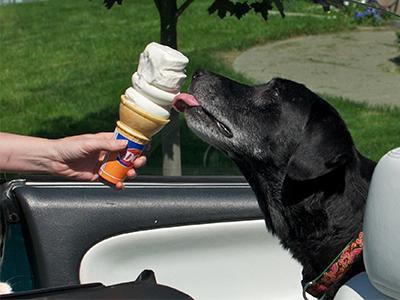
Make nice treats with ice cubes. Help your dog get happy from the inside. Fill and freeze any chew toys and prepare a chilly treat.
8. Offer Lots of Shade and Water
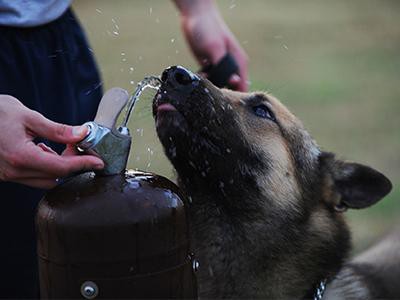
Never leave your pet alone outside. Trees are always better compared to doghouses. Doghouses can trap and keep heat.
Think about a sprinkler or a pool to help your pet cool off with ease.
9. Check the pavement or sidewalks
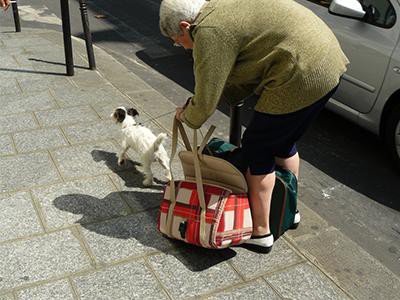
Before you take your pet for a walk, first touch the pavement. If the pavement is hot, walk on the cooler surface.
Always move away from the asphalt. Try dog shoes so that his paws don’t burn.
10. Never leave your pet in the vehicle
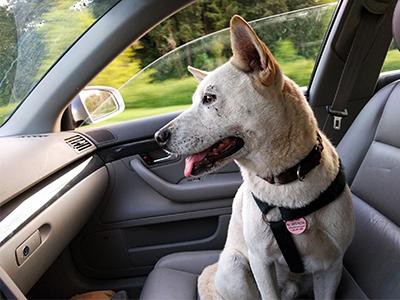
The weather may appear pleasant outside, but the temperature can soar rapidly inside a closed vehicle.
The temperature can touch 102 F. After some time, it could touch 120 F. Take him along wherever it’s possible and leave him at home.
11. Talk To Your Vet
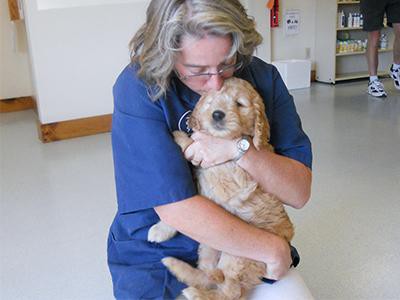
Keep your pets vaccination schedule up to date. Remember, the parvovirus spreads fast in humid and hot weather.
He could also come in contact with a rabies-affected cat. Summer is the time when fleas and mosquitoes spread many diseases.
Give your pet regular medicines to prevent these problems.
12. Apply Sunscreen
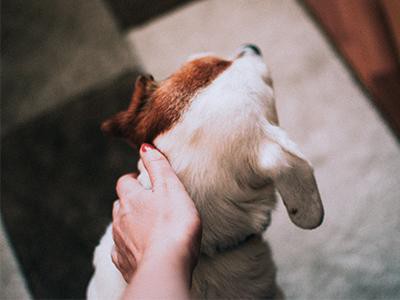
Pets also get sunburns. It could hurt. If you are keen to spend quality time with your pet in the sun, apply sunscreens on their nose, ears, and stomach.
Never use the human product on your pet at any cost. Ask your vet for the right choice of product.
13. Avoid Shaving Your Pet
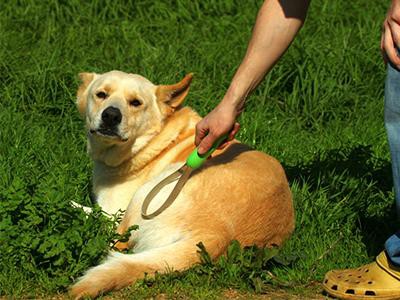
You might believe that shaving your pet will help him manage his body temperature. Bear in mind, your pet’s coat is designed to keep him cool in summer.
Leave 1 inch of fur to prevent sunburns. Do not miss your dog’s or cat’s grooming schedule at any cost.
14. A Life Vest
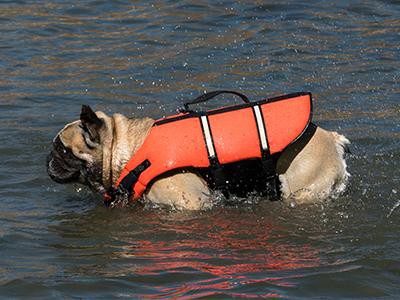
Just like humans, dogs live cooling off in a swimming pool. Not all canines are the best swimmers. Riptides and strong currents can push the dog out into the sea.
If you plan to try sailing, make your dog wear a life jacket for safety reasons.
15. Stay Away From Fireworks

If it’s summer, then the Fourth of July is around the corner. Fireworks contain potassium nitrate and this can damage your pet’s health if ingested.
When heading with your dog to watch the fireworks display, leave your pets safe inside far away from the source of the noise.
Heatstroke In Dogs
We are aware that dogs maintain body heat by panting regularly. Dogs have sweat glands and this helps with heat distribution.
But, it works only to some extent.
When panting reduces, a canine’s body temperature rises. This can cause serious problems if not treated properly.
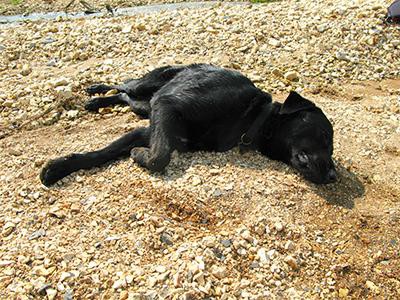
Signs of Heatstroke in Dogs
Signs of discomfort and excessive panting show overheating in canines. A canine overheating may find it hard to move around.
Other physical sign of heatstroke –
- Collapse
- Uncoordinated movement
- Loss of consciousness
- Mental dullness
- Diarrhea
- Vomiting
- Reddened gums
- Drooling
Main Cause of Heatstroke
The most common problem is the careless attitude of the dog owner. It could range from failing to keep the dog in the shade, or leaving the pet in the car for long hours.
Some dogs are susceptible to the heat problem, especially canines who are overweight or brachycephalic or older dog breeds. Some of the brachycephalic breeds include flat-faced bulldogs or pugs. It is necessary to take immediate action.
Dogs suffering from laryngeal paralysis, or dogs with short noses and thick fur are more susceptible to heatstroke.
Dogs who love to play and exercise including German Shepherds and Labrador Retrievers should be monitored of heatstroke.
Immediate Attention and Care
- Avoid giving aspirin to your dog to lower its body temperature. If the canine is unconscious, no water should enter the mouth or nose
- Let your dog drink more and more water. Don’t coerce him to drink
- Avoid keeping your pet’s head submerged in water. This could lead to aspiration pneumonia
- Run a cold shower covering both the neck and the head
- Place a wet towel and continue to soak your dog in the water
- Call your nearest vet. Vets may suggest intravenous fluid therapy
Important Steps to Follow Regardless of Whether the Pet is Affected or Not
- Treat for shock
- Do not panic if there is a slight dip in room temperature
- Track your dog’s temperature at regular intervals
Preventing Heat Stroke
Heatstroke in pets is preventable with some basic precautionary steps. While driving, keep these points in mind
- Never leave your pet in the car with windows closed
- Use a canine seat belt
- Keep him in dog crates
- Provide your dog with proper ventilation
- When outdoors, choose the right spot with plenty of ventilation and shade

